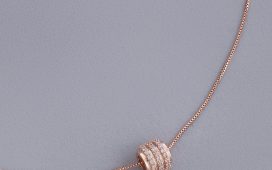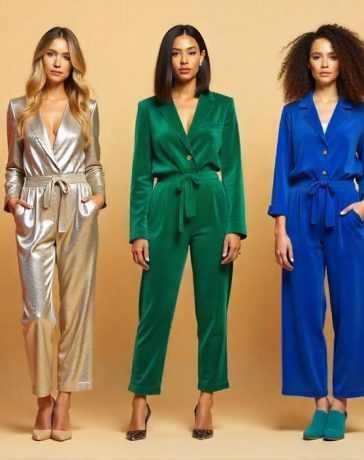Accessories are an integral part of fashion, and they have been for centuries. From jewelry to handbags, hats to shoes, accessories have always been used to add a touch of style and individuality to an outfit. Some accessory designs have become iconic over time, and they have evolved and adapted to changing fashion trends. In this article, we will explore the history and evolution of some of the most iconic accessory designs.

Jewelry
Jewelry has been worn for thousands of years, and it has always been a symbol of status and wealth. In ancient times, jewelry was made from materials such as shells, bones, and stones. The ancient Egyptians were known for their intricate and beautiful jewelry designs, which featured precious metals, gems, and intricate patterns. During the Renaissance, jewelry designs became more elaborate and ornate, with pearls, diamonds, and other precious gems being used to create intricate pieces.
In the 20th century, jewelry designs became more modern and streamlined. The Art Deco movement of the 1920s and 1930s was characterized by geometric shapes and bold colors, while the 1960s saw a rise in bold, statement pieces. Today, jewelry designs continue to evolve, with a focus on sustainability and ethical sourcing of materials.
Handbags
Handbags have been around in some form since ancient times, but they didn’t become a fashion accessory until the 19th century. The first modern handbag design was created by Louis Vuitton in 1854, and it was designed to be lightweight and easy to carry. In the early 20th century, handbag designs became more elaborate, with beaded and embroidered designs becoming popular.
In the 1950s and 1960s, handbag designs were influenced by the rise of youth culture, with bright colors and playful designs becoming popular. In the 1980s, the rise of designer handbags saw the emergence of iconic designs such as the Chanel 2.55 and the Hermes Birkin. Today, handbag designs continue to evolve, with a focus on functionality and versatility.
Hats
Hats have been worn for centuries, and they have been used for both practical and decorative purposes. In ancient times, hats were made from materials such as straw and animal skins, and they were used to protect the wearer from the sun and the elements. In the Middle Ages, hats became more elaborate, with feathers and jewels being added to create a more ornate look.
In the 20th century, hats became a fashion accessory, with iconic designs such as the fedora and the cloche becoming popular. In the 1960s, the rise of youth culture saw the emergence of more playful and whimsical hat designs, such as the pillbox hat. Today, hats continue to be an important accessory in fashion, with a focus on sustainability and ethical sourcing of materials.
Shoes
Shoes have been worn for thousands of years, and they have evolved and adapted to changing fashion trends. In ancient times, shoes were made from materials such as leather and woven grasses, and they were designed for practical purposes such as protection and warmth. In the Middle Ages, shoes became more elaborate, with intricate embroidery and beading being added to create a more decorative look.
In the 20th century, shoes became a fashion accessory, with iconic designs such as the stiletto heel and the ankle boot becoming popular. In the 1960s and 1970s, the rise of youth culture saw the emergence of more unconventional shoe designs, such as the platform shoe. Today, shoe designs continue to evolve, with a focus on sustainability and ethical sourcing of materials.
Accessories have been an important part of fashion for centuries, and they have evolved and adapted to changing fashion trends. Iconic accessory designs have become a part of fashion history, and they continue to inspire and influence designers today. With a focus on sustainability and ethical sourcing of materials, accessory designs are sure to continue to evolve and adapt to the changing fashion landscape.
















